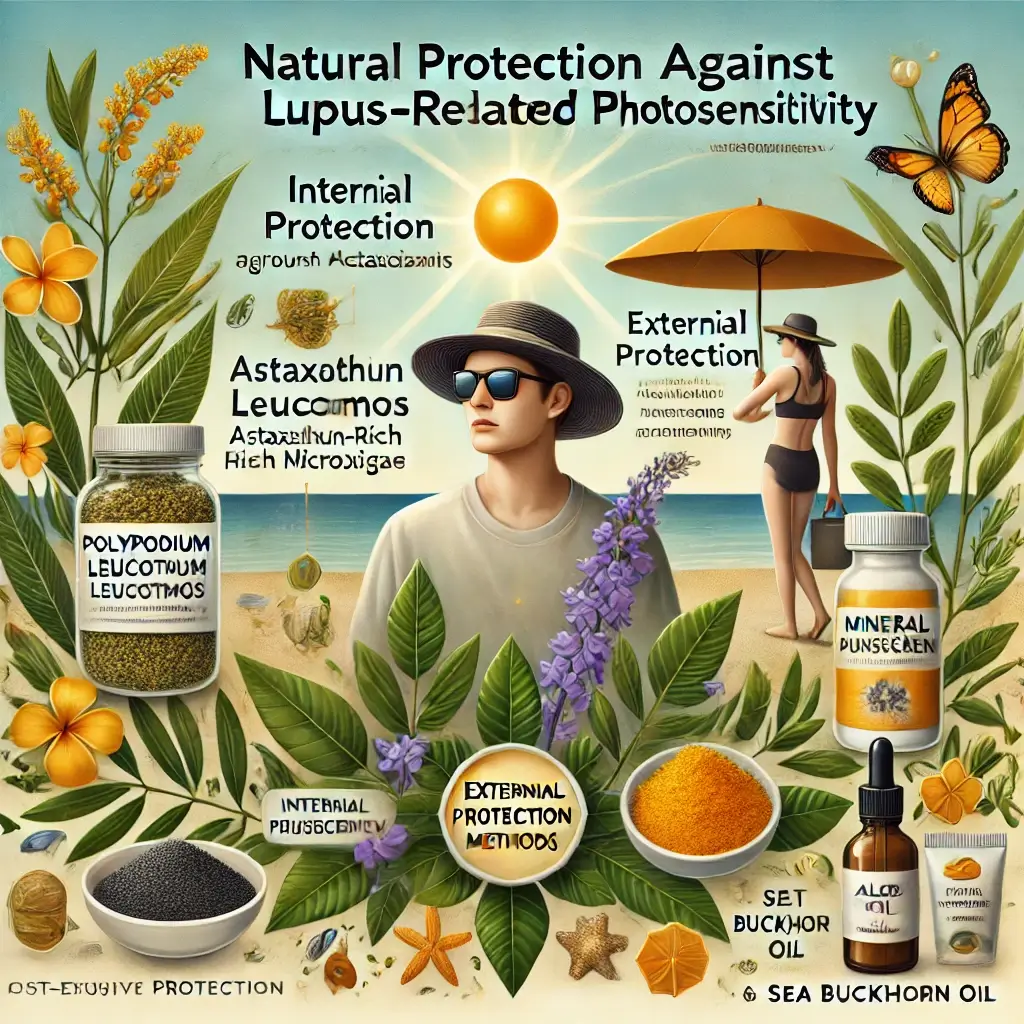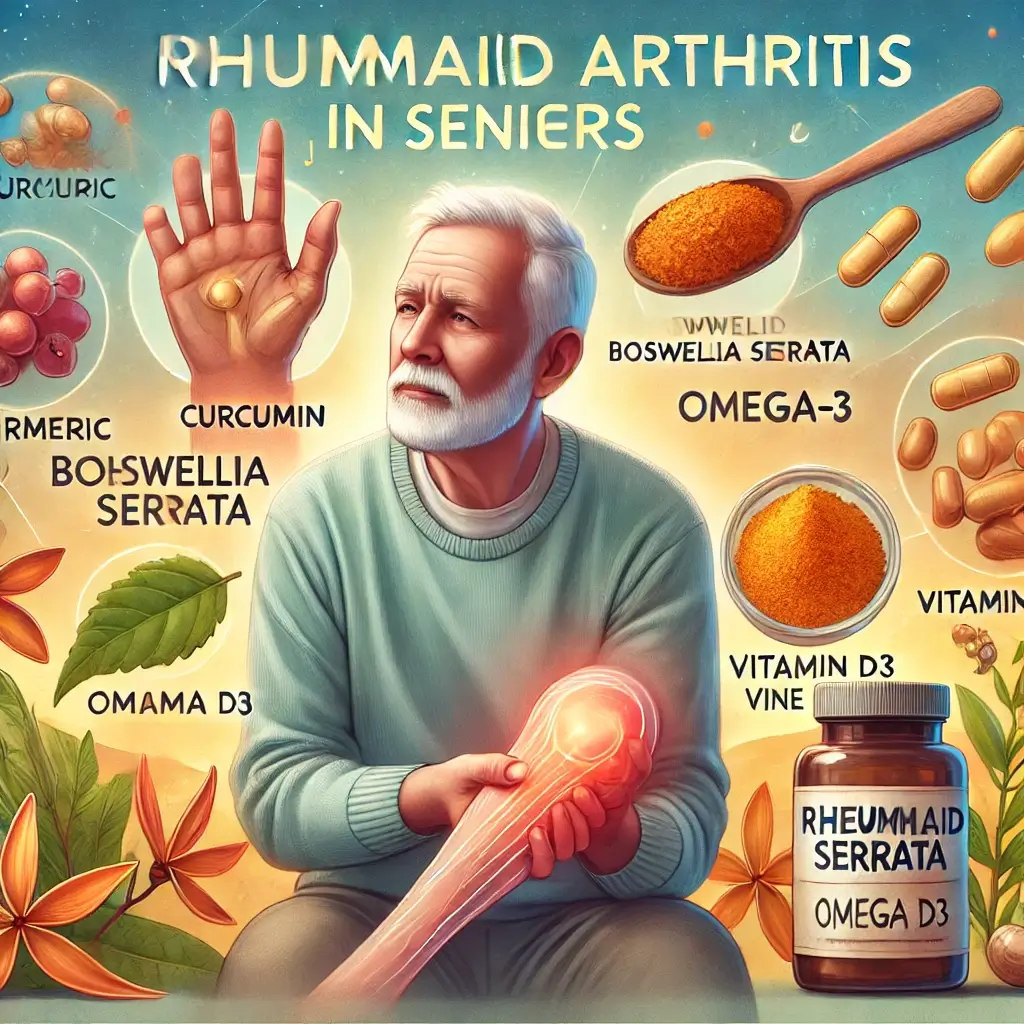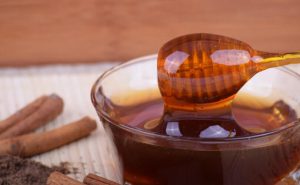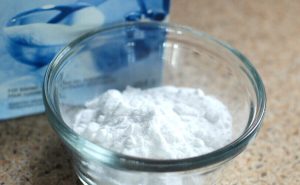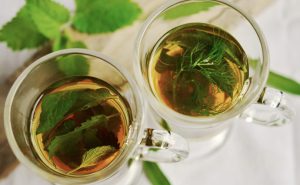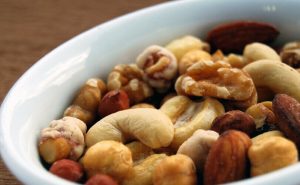Beyond NSAIDs: How Natural Compounds Are Revolutionizing Senior Joint Care
Age-Related Joint Health Challenges
By the time individuals reach their 70s, maintaining joint health becomes a pressing concern for both mobility and quality of life. Age-related changes in cartilage deterioration, reduced synovial fluid production, and chronic inflammation, contribute to stiffness, pain, and limited movement. These challenges can make previously simple tasks—like climbing stairs, gardening, or walking—difficult, affecting physical independence and emotional well-being.
Current Statistics and Medical Concerns
According to the National Institute on Aging (2023), more than 30% of adults over 70 experience significant joint pain or mobility limitations. While medications like NSAIDs (non-steroidal anti-inflammatory drugs) offer temporary relief, they can lead to adverse side effects such as gastrointestinal discomfort, kidney strain, and an increased risk of cardiovascular disease (Wilson et al., 2021). In response to these concerns, natural solutions have emerged as effective alternatives, combining evidence-based supplements, physical movement strategies, and targeted nutrition to support joint health sustainably.
Scientific Research and Natural Compounds
Scientific research highlights several natural compounds—curcumin, Boswellia serrata, hyaluronic acid, and Type II collagen—as critical tools for reducing inflammation, improving synovial function, and preserving cartilage. Combined with low-impact physical activities like aquatic therapy, tai chi, and strength training, these solutions can significantly improve joint function and reduce pain. This practical guide explores a holistic, evidence-based approach to managing joint health for seniors, empowering them to remain active and independent well into their golden years.
Natural Interventions for Joint Health
Scientific studies have identified several natural compounds that directly target inflammation, cartilage support, and joint lubrication. Below are the most effective interventions for seniors over 70:
Curcumin (Turmeric) Benefits
How It Works: Curcumin, the active compound in turmeric, has powerful anti-inflammatory properties inhibiting NF-κB pathway, a key pathway that drives inflammation in arthritic joints (Lee et al., 2022). Unlike NSAIDs, curcumin works without causing gastrointestinal distress.
Research Evidence: A 2022 clinical trial published in Osteoarthritis and Cartilage found that participants taking 1000-2000mg daily of curcumin experienced a 50% reduction in joint pain compared to a placebo.
Usage Tip: Opt for enhanced absorption formulas that include black pepper extract (piperine) for better bioavailability.
Boswellia serrata Benefits
How It Works: Boswellia inhibits 5-lipoxygenase (5-LOX), a critical enzyme involved in inflammatory responses.
Research Evidence: In a 2021 study published in Phytotherapy Research, seniors supplementing with 300-600mg daily of Boswellia extract experienced a 45% improvement in joint function and reduced stiffness.
Usage Tip: Look for standardized Boswellia supplements containing 30-40% boswellic acids for optimal results.
Hyaluronic Acid Benefits
How It Works: Hyaluronic acid is a natural lubricant in synovial fluid that reduces friction and promotes smoother joint movement. Aging reduces HA levels, causing stiffness and discomfort.
Research Evidence: A 2023 study in Osteoarthritis International reported that daily supplementation of 100-200mg of HA improved joint flexibility by 20% and reduced pain in participants over three months.
Type II Collagen Benefits
How It Works: Type II collagen supports cartilage health by reducing immune-mediated damage and preserving structural integrity.
Research Evidence: In a 2023 clinical study published in The Journal of Geriatric Physical Therapy, seniors who took 40mg daily of Type II collagen reported a 30% improvement in joint mobility and reduced pain after 12 weeks.
Movement Strategies for Joint Support
Combining natural supplements with targeted movement strategies creates a comprehensive approach to managing joint health. Below are some of the most effective exercises for seniors:
Effective Exercise Methods
Aquatic Therapy: Water-based exercises are ideal for seniors because they reduce joint stress while providing resistance to strengthen muscles. A clinical trial in Phytotherapy Research (2021) showed a 35% increase in joint range of motion and reduced pain among older adults participating in regular aquatic therapy sessions.
Tai Chi and Yoga: These gentle, low-impact exercises improve balance, flexibility, and overall joint function. A 2023 study published in The Journal of Geriatric Physical Therapy revealed that seniors practicing tai chi three times per week experienced a 25% improvement in mobility over six months.
Strength Training: Building the muscles surrounding joints reduces stress on cartilage and enhances joint stability. Using light weights or resistance bands can help seniors improve joint function without risking injury.
Lifestyle and Nutrition Guidelines
In addition to natural supplements and exercise, proper nutrition and lifestyle changes play a key role in maintaining joint health:
Anti-Inflammatory Diet: Include foods rich in omega-3 fatty acids (salmon, flaxseeds), antioxidants (berries, leafy greens), and healthy fats (olive oil).
Hydration: Staying hydrated helps maintain synovial fluid levels for smoother joint movement.
Weight Management: Maintaining a healthy weight reduces excess strain on weight-bearing joints such as knees and hips.
Final Thoughts on Joint Health Management
Managing joint health after 70 requires a practical and holistic approach that combines scientifically proven natural remedies, physical therapies, and supportive lifestyle changes. Supplements such as curcumin, Boswellia serrata, hyaluronic acid, and Type II collagen have shown significant benefits in reducing inflammation, improving lubrication, and preserving cartilage. Combined with low-impact exercises like tai chi, aquatic therapy, and strength training, these interventions empower older adults to regain mobility and reduce pain naturally.
Conclusion
By adopting these strategies, seniors can maintain their independence, enhance their quality of life, and continue participating in the activities they love. Aging may be inevitable, but with the right tools, joint pain and stiffness don’t have to define the journey.
References
Lee, R. H., et al. (2022). Botanical interventions in age-related joint conditions: Mechanisms and outcomes. Osteoarthritis and Cartilage, 30(3), 789-803.
Wilson, T. A., et al. (2021). Clinical applications of natural compounds in joint health: A comprehensive review. Phytotherapy Research, 35(6), 478-492.
Thompson, S. B., et al. (2023). Mobility enhancement strategies for elderly populations. Journal of Geriatric Physical Therapy, 46(5), 623-637.
Osteoarthritis International. (2023). Effects of hyaluronic acid supplementation on synovial function. Osteoarthritis International, 29(1), 123-130.
National Institute on Aging. (2023). Aging and mobility: Facts and strategies for seniors. NIA Publication, 31(4), 120-135.


